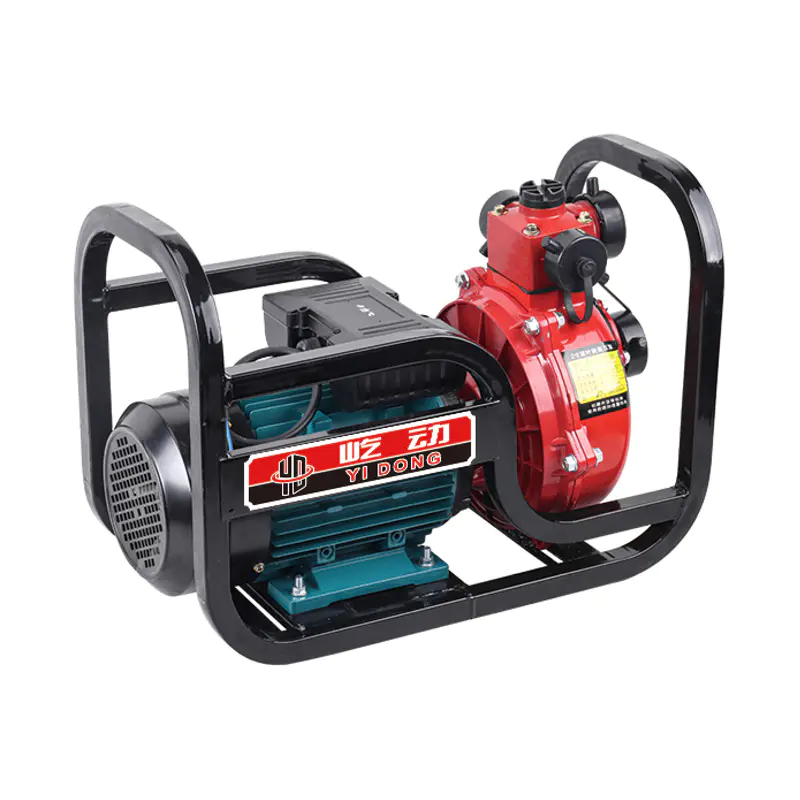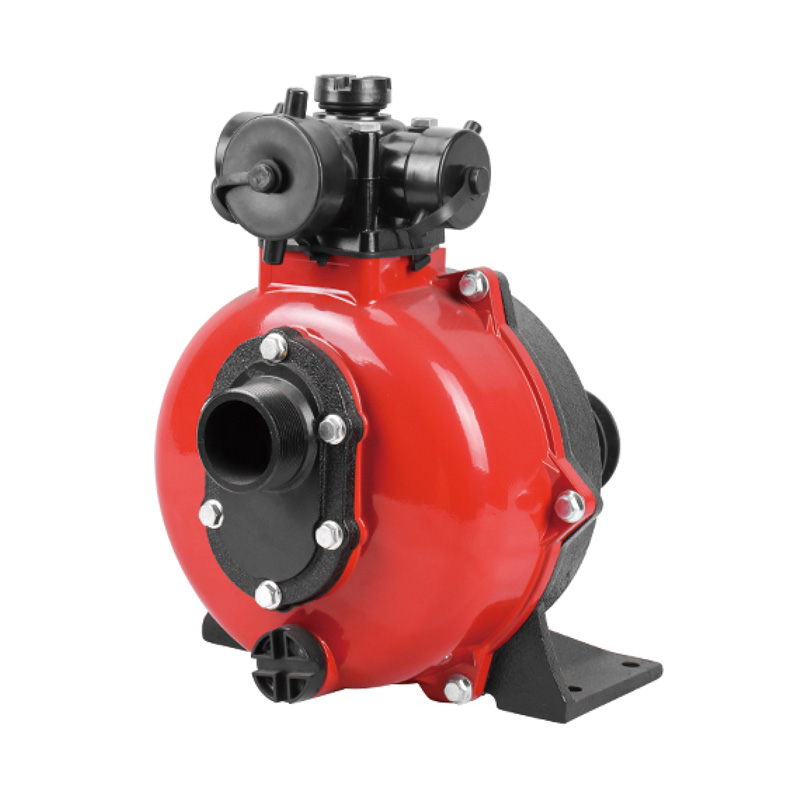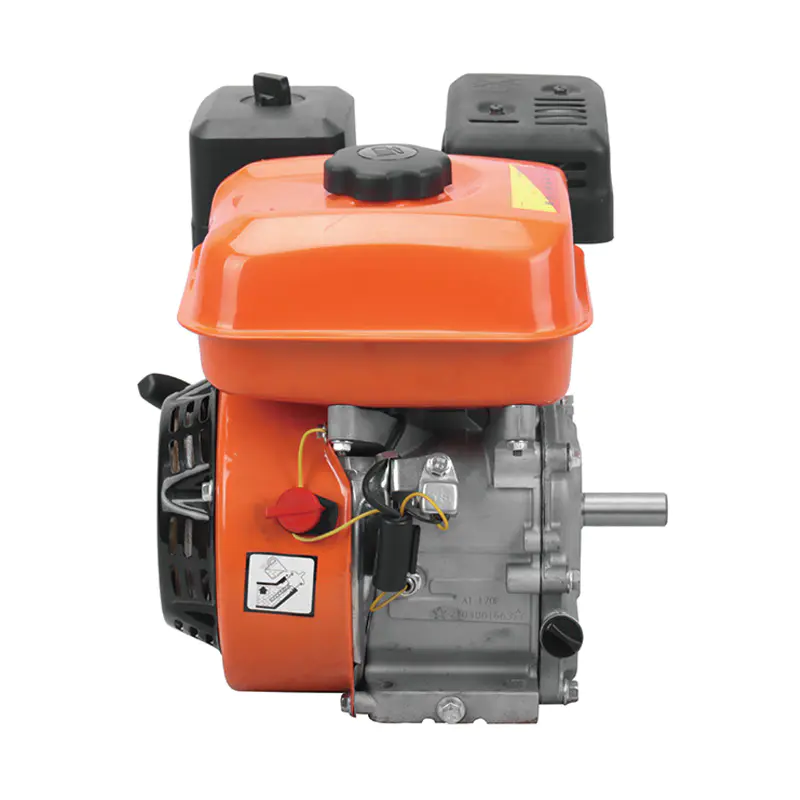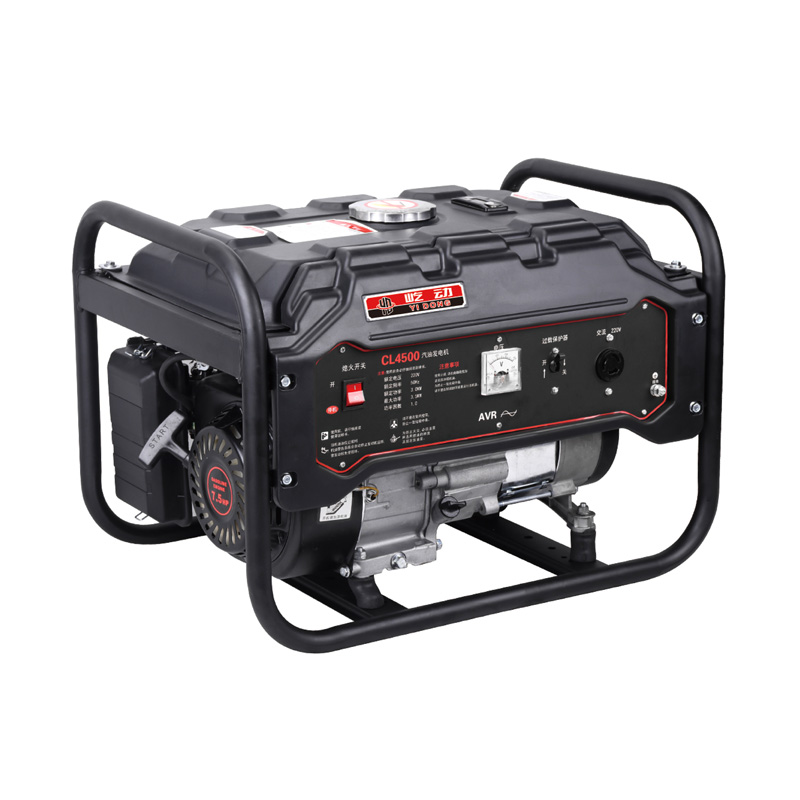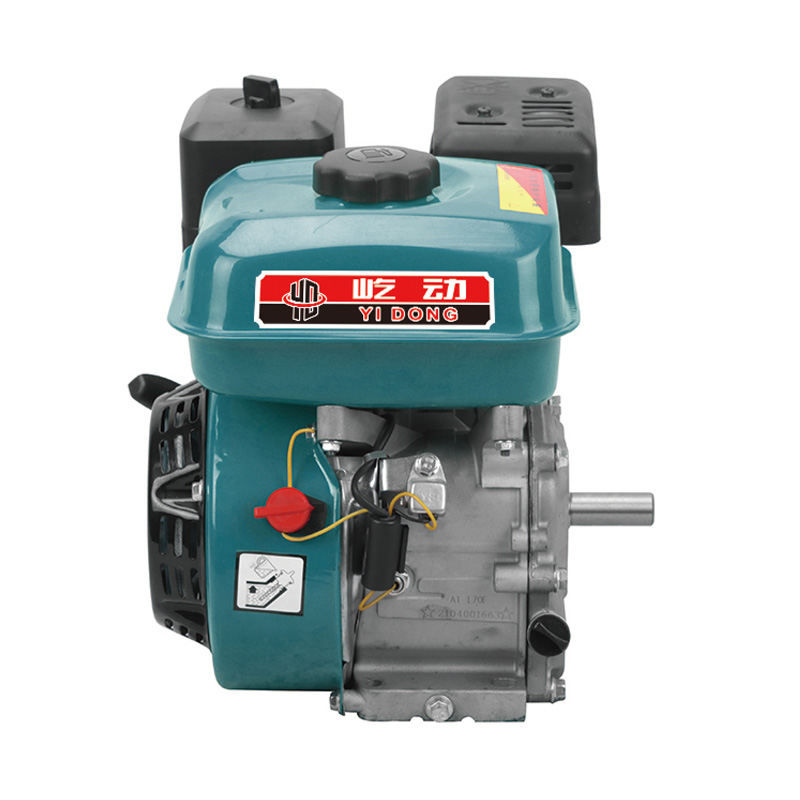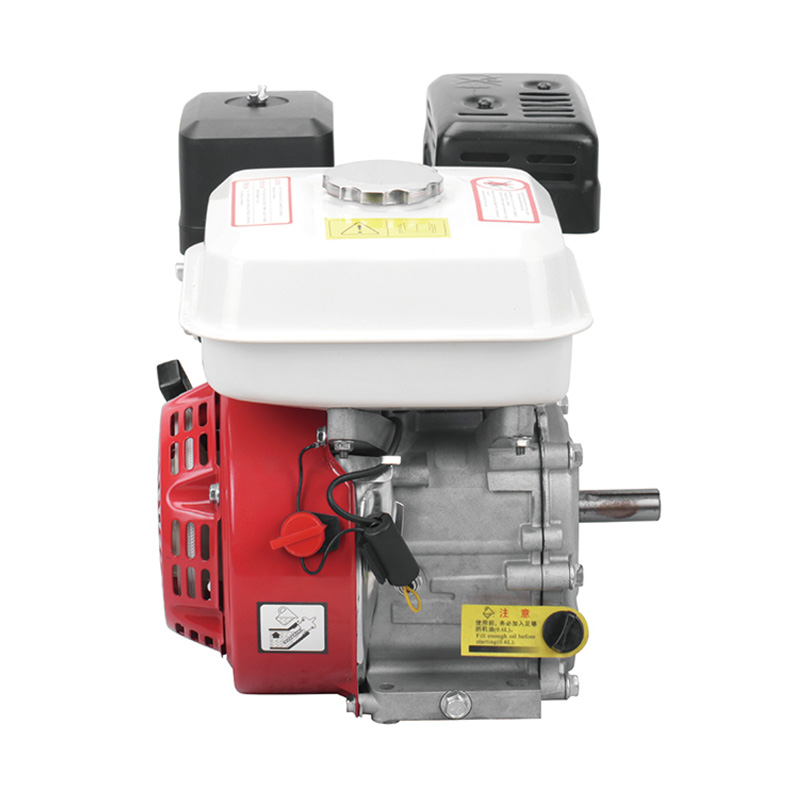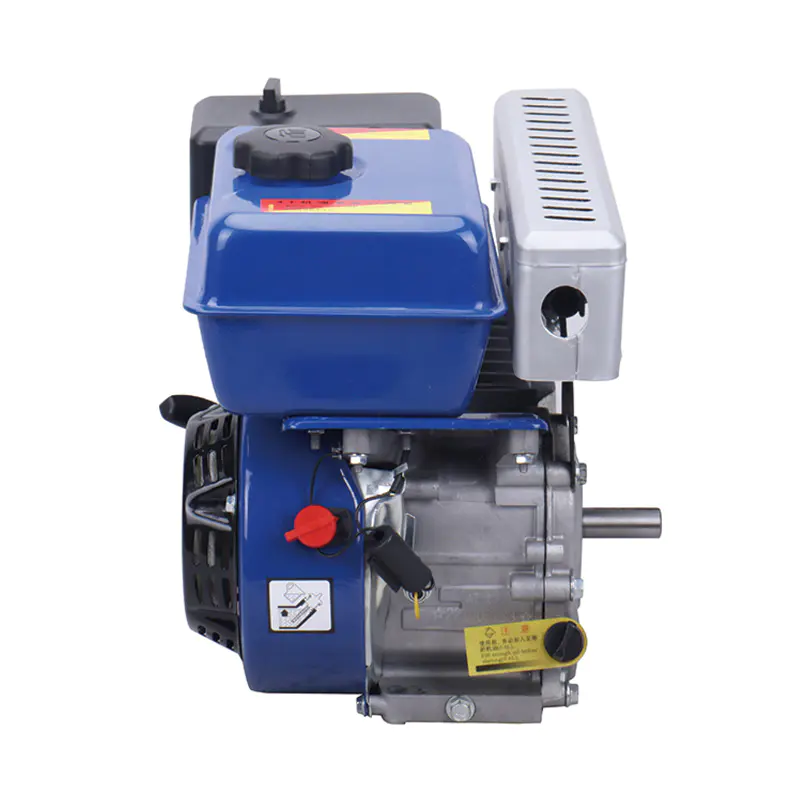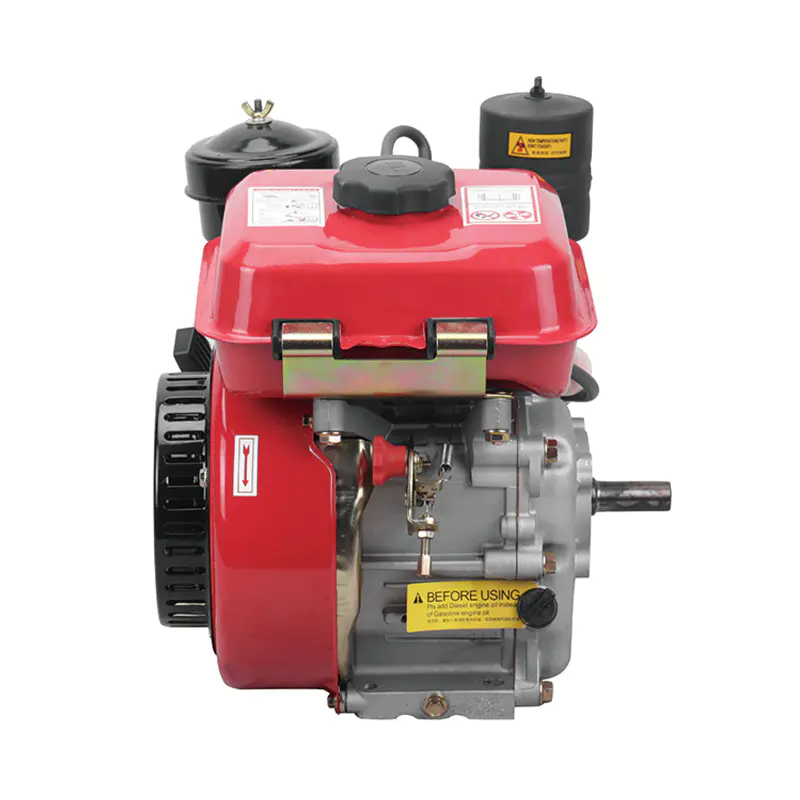Why is Efficiency a Key Consideration When Selecting a Self-Priming Irrigator Pump?
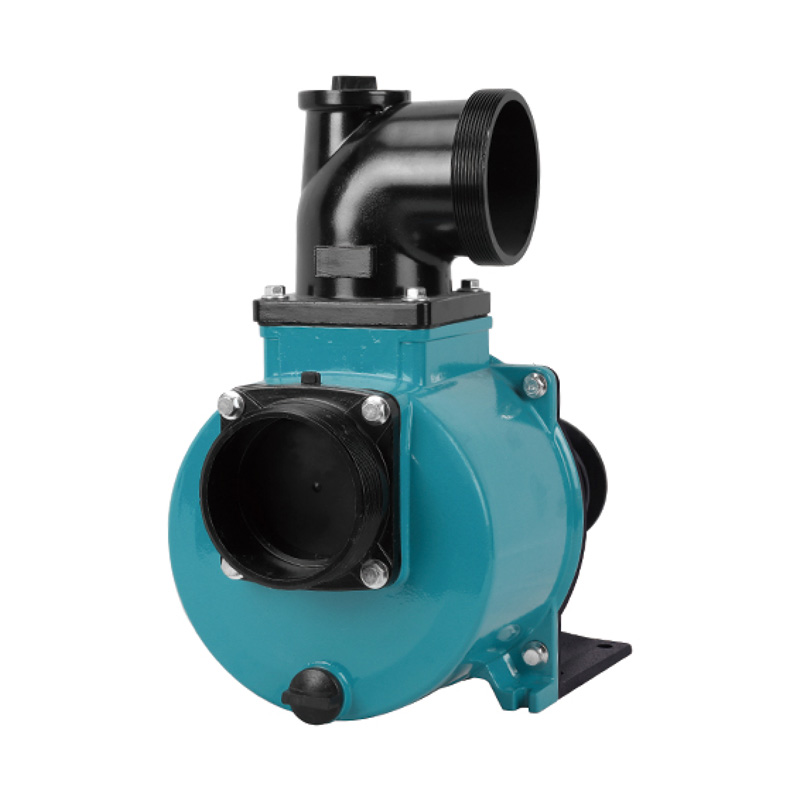
Efficiency in a self-priming irrigator pump is a multifaceted attribute that impacts everything from daily operating expenses to the pump's service life and environmental footprint. It is not merely about how much water is moved, but how effectively the pump converts energy into productive work while waste.
A highly efficient self-priming pump consumes less energy to deliver the same volume of water to its destination. This translates directly into lower electricity or fuel costs, which is a significant factor for irrigation systems that may run for many hours each day. Over the course of a growing season, the savings from an efficient model can be substantial, improving the overall economics of the farming or landscaping operation. Furthermore, an efficient pump manages its energy use to generate less wasted heat and vibration. This smoother operation reduces mechanical stress on components like seals, impellers, and bearings, less frequent maintenance needs and a longer operational lifespan for the equipment.
The design of the pump itself also contributes to its efficiency. A well-engineered self-priming mechanism minimizes the time and energy required to evacuate air from the suction line and establish a prime. Pumps that achieve this quickly and reliably prevent unnecessary energy expenditure during the critical start-up phase. This operational intelligence ensures that more power is dedicated to the primary task of moving water. Additionally, an efficient pump is often better at maintaining a consistent flow rate and pressure, which supports uniform water distribution across the field or garden. This consistency is vital for plant health, as it prevents both under-watering and waterlogging, making the entire irrigation process more effective and resource-conscious.
The Role and Features of the Electric Outdoor Water Pump
Electric outdoor water pumps represent a category of pumps valued for their clean operation, consistent performance, and suitability for a wide range of tasks beyond just irrigation, including drainage, fountain operation, and water transfer.
One of the notable features of electric outdoor pumps is their operational quietness. Unlike their gasoline or diesel-powered counterparts, they run with a relatively low noise profile, making them suitable for use in residential areas, parks, and other environments where noise is a consideration. They also produce zero direct emissions at the point of use, contributing to better local air quality and aligning with environmentally conscious practices. This makes them an choice for enclosed spaces like greenhouses or for use near homes.
These pumps are available in various configurations to suit different needs. For shallow water sources like ponds or rain barrels, a self-priming centrifugal pump is often used for its ability to draw water up from a lower level without manual intervention. For deeper applications, such as drawing from a well, a submersible pump is designed to be placed directly underwater, pushing water to the surface efficiently. The broad availability of electric models means there is likely a pump designed for a specific outdoor task, whether it's powering a decorative waterfall, draining a flooded basement, or supplying a drip irrigation system.
From a maintenance perspective, electric pumps generally have simpler requirements than combustion engine models. There is no need to manage fuel, change oil, or clean spark plugs. Routine maintenance typically involves ensuring electrical connections are secure and keeping the pump intake clear of debris to prevent clogging and maintain performance. Their reliance on a stable electrical power source, whether from the grid or a generator, is a key consideration for their placement and use, ensuring they can provide reliable service for their intended outdoor application.



 English
English русский
русский Français
Français Español
Español عربى
عربى